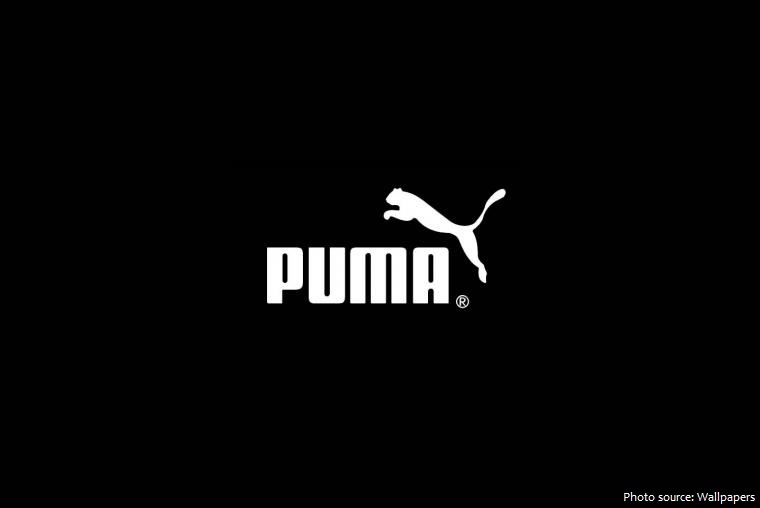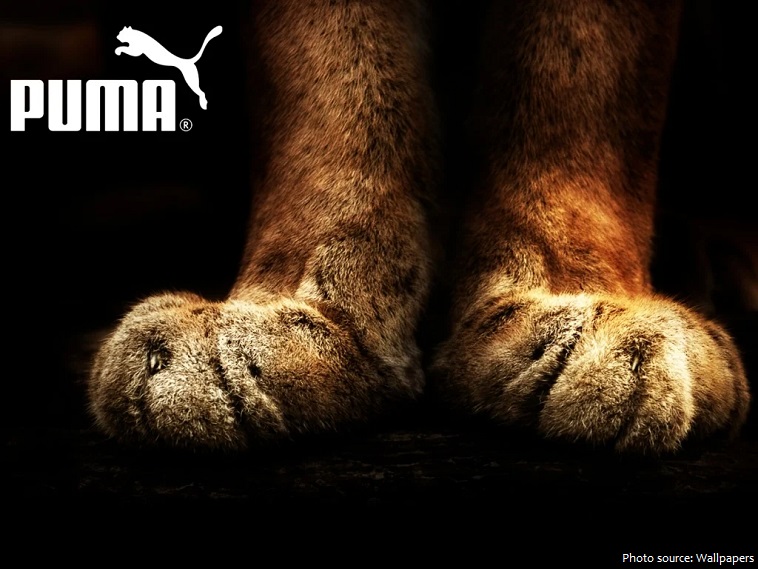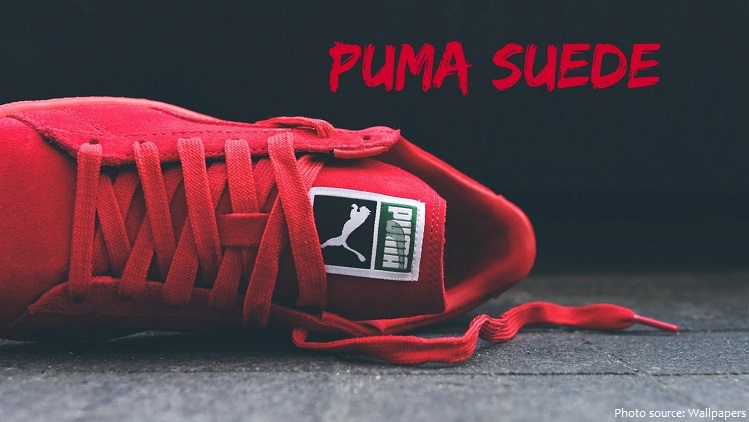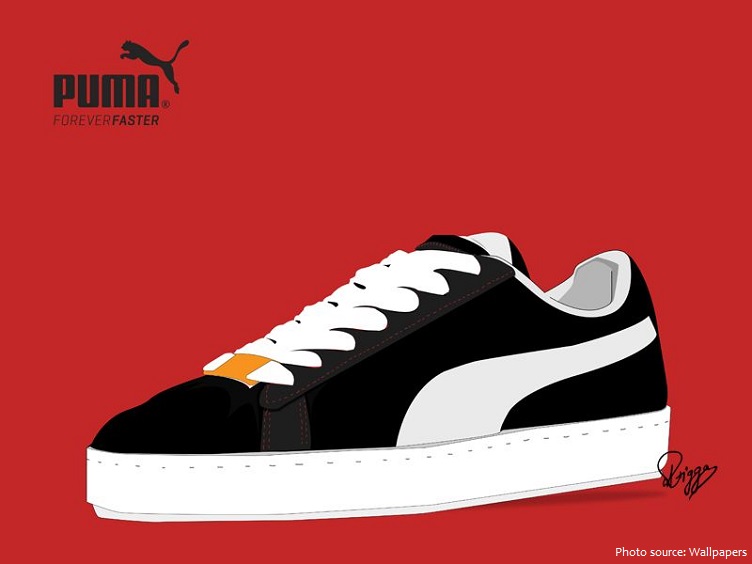
Puma SE, branded as Puma, is a German multinational corporation that designs and manufactures athletic and casual footwear, apparel and accessories.
It is the third largest sporting goods manufacturers in the world, after Nike and Adidas.
In 1924, the brothers Rudolf and Adolf Dassler founded the company “Gebrüder Dassler Schuhfabrik” (Dassler Brothers Shoe Factory) in their hometown Herzogenaurach, Germany. Unbeknownst to them, they place the founding stone of the world capital of sports shoes.
Producing shoes for athletes, at the 1936 Olympics in Berlin, seven gold medals and five bronze medals were won by participants, proving to the world that the Dassler name was at the forefront of sports performance.

After increasingly different views of how to run the business, the brothers split the business in 1948. Rudolf moved to the other side of the Aurach River to start his own company. Adolf started his own company using a name he formed using his nickname—Adi—and the first three letters of his last name—Das—to establish Adidas. Rudolf created a new firm that he called “Ruda”, from “Ru” in Rudolf and “Da” in Dassler. A few months later, Rudolf’s company changed its name to Puma Schuhfabrik Rudolf Dassler in 1948.
Puma and Adidas entered a fierce and bitter rivalry after the split. The town of Herzogenaurach was divided on the issue, leading to the nickname “the town of bent necks”—people looked down to see which shoes strangers wore.
At the 1952 Summer Olympics, 1500 metres runner Josy Barthel of Luxembourg won Puma’s first Olympic gold in Helsinki, Finland.

In 1958 Puma introduced its trademark logo, the unmistakable Puma formstrip. Almost ten years later Lutz Backes, a cartoonist from Nuremberg, created the logo with the jumping cat. Puma’s offerings extended from shoes to apparel, and the logo appeared more frequently across Puma products.
The ‘60s saw world famous athletes like Pelé and Portuguese football star Eusebio winning events and Puma was continuously in the spotlight. Puma’s world famous jumping cat logo – introduced to the world in 1967- was the brainchild of a cartoonist from Nuremberg, Lutz Backes. This logo was amended in 1979 to a puma jumping across the corner of the word Puma. This is now seen on all Puma shoes and apparel and is a mark of quality and superb attention to detail.
It wasn’t till 1968 when Puma brought the now famous “Puma” aka Cat logo to the sneakers and that same year a controversial event took place. Tommie Smith, who won the Olympic Gold 200 m in Mexico was wearing a pair of Puma running shoes. He then took stand barefoot with the Puma’s by his side. At this time, team mate John Carlos and Tommie Smith made the Black Power salute, because of the mistreatment of African Americans at the moment. Mr. Smith then left his pair of Puma’s for the world to see. Later, both Olympians were banned from the Olympics.

The Puma Suede was launched in 1968 as a sneaker alternative to add to the emerging street culture. The silhouette broke new grounds for both the sneaker and streetwear industry as most sneakers were made from the traditional leather and canvas silhouettes.
The 70s, 80s and 90s brought a lot of fame to the Puma brand as athletes sporting Puma products continued to successfully win their games. Puma drew world’s interest for innovative marketing in 1996 when Linford Christie showed up at a press conference wearing contact lenses with a white Puma cat emblazoned on them.
On land at the Beijing Olympics, Puma athlete Usain Bolt – the World’s Fastest Man – sets a 100m world record at 9.69 seconds and sprints 200m in a world record time of 19.30 seconds, beating Michael Johnson’s 1996 record by two hundredths of a second. He wins his third gold medal as Jamaica shatters the world record at 4 x 100m relay in 37.10 seconds, taking 0.30 off the USA’s mark which was set 15 years prior to that.

The 2000s focused mainly on Puma’s expanding line of football related products. Also Usain Bolt was primarily responsible for Puma being in the limelight during these years. Puma continues to make a name for itself in 2014 with the release of the evoPOWER football boot and the appearance of its innovative football products at the Brazil FIFA World Cup.
As of 2022, Puma SE employs more than 13,000 people worldwide and distributes its products in more than 120 countries. The company has a few small corporate offices around the world, and four “international hubs”: Assembly Row, Somerville, Massachusetts, Hong Kong; Ho Chi Minh City, Vietnam; and global headquarters in Herzogenaurach, Germany.